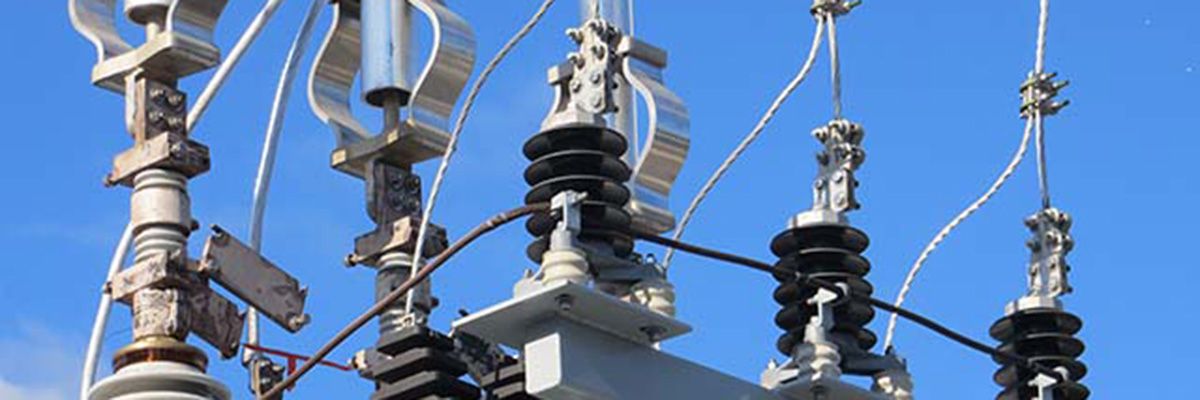
As energy prices continue to rise, we look at how IoT can be used to monitor, measure and reduce energy consumption
At NexRev, we specialize in reducing a facility’s energy waste.
In a previous blog which discussed how retailers are reducing the cost of running their air conditioning units, we commented that even before Ukraine was invaded, electricity prices were on the rise. According to an analysis by Consumer Energy Alliance (CEA), the leading energy and environmental advocate for families and businesses, “America’s businesses and manufacturers can expect to pay at least $41.4 billion more for business-related energy costs in 2022”.
Now, more than ever, businesses are looking for ways to reduce their energy consumption. Many have the basics in place such as installing smart lights with LED bulbs which use motion sensors. But there’s much more that can be done to deliver real savings, across entire footprints – which ultimately boosts the bottom line.
Inspired Energy is a UK company “providing expert insight and consultancy to help organisations optimise their energy cost equation by helping them reduce the price they pay, as well as reducing their consumption of it”. In this article, it lists five ways businesses can reduce their energy consumption and spend:
Demand Side Response (DSR) – in a nutshell, working with electricity suppliers to use energy when it is in greatest supply – and cheapest.
On-site energy efficiencies – Inspired recommends looking at what other companies in your industry are doing to reduce their consumption.
Building energy management systems (BEMS) – “another great way of managing your buildings energy efficiency. From air conditioning to heating and ventilation, a BEMS can ensure that your building is operating at maximum efficiency”. This is something we also discussed recently.
Voltage Optimisation
Inspired writes “Most buildings are supplied with energy voltages anywhere up to 253V, however most equipment is designed to operate around 220V. This means that a lot of energy is wasted, and voltage optimisation tackles this problem by optimising your voltage level so you’re only using the amount of electricity you require at any given time”.
Of course, US systems are designed for 120V, but the principle remains the same. But what’s even worse than failing to optimise voltage is the simple fact that many systems use much more power, more frequently than is really required – default power settings may help manufacturers, but they do not reflect local demand, creating a significant wastage problem.
Continuous monitoring and measuring
There are multiple ways technology can be used to monitor, measure and reduce energy consumption to save energy, but you need to consider each of them, so you can decide which makes the biggest impact (first) and then build out from there.
Using IoT to monitor, measure and reduce energy consumption
IoT is just one of the technologies that can help organisations to reduce their energy costs and in this earlier blog we discussed the evolution of IoT which is now being widely integrated into corporate operational practices and processes.
Evidence for this comes from multiple sources – for example, analyst company IoT Analytics recently updated its Global IoT Enterprise Spending Dashboard, and revealed that:
“The enterprise IoT market grew 22.4% to $157.9 billion in 2021”.
In addition:
“North America was the fastest-growing region in 2021 (+24.1%), and process manufacturing was the fastest-growing segment (+25%)”.
Wikipedia provides a pretty good definition of IoT as physical objects (or groups of such objects) with sensors, processing ability, software and other technologies that connect and exchange data with other devices and systems over the Internet or other communications networks.
So, because IoT is really about the collection of remote data, its processing and then the communication of actions that relate to the data collected, it’s ideal for supporting energy management initiatives. By obtaining data regarding conditions that impact energy demand and consumption from a remote site, it can be processed, so that local changes can be made under the control of the central processing functions. And, that’s just what we do!
IoT, NexRev, Freedom and DrivePak
Freedom, NexRev’s building and energy management system, provides a centralized view of connected devices within a building including, for example, sensors which monitor temperatures so that the heating or air-conditioning can be altered when necessary.
The sensors use wireless, cellular or fixed networks to share the data they gather into our building/energy management system. Freedom enables enterprises to increase their operating efficiencies while reducing energy consumption.
In other words, Freedom acts as the IoT hub and has a number of roles. It:
- Aggregates data from across the deployed footprint of building management peripherals – which can number many thousands of devices
- Provides a centralized view of said peripherals being used by an organization across single or multiple buildings
- Assesses conditions to actively manage building performance, both from a comfort and cost standpoint.
The use of IoT is key to the effectiveness of Freedom, just as it is increasingly so for many other kinds of remote data collection and for different sectors. In fact, we’ve been doing this for years – and are continually investing in further enhancements to help your business.
Our IoT Future
As we expand our capabilities into managing the energy consumption of facilities, including lighting, HVAC and other devices that use electricity, our use of IoT sensors to gather meaningful and relevant data will continue.
Getting started towards lower energy consumption, a lower bill – and an energy-waste-conscious organization
By identifying and eliminating waste, NexRev can get you started on the right path to reducing costs.
To start the conversation about how you can reduce energy consumption, and do your bit to slow down energy waste, please send a message to:
If you’d like to read our white paper Facts Every Energy Manager Needs to Know or the case study about how DrivePak has helped one of our customers to achieve 26% Energy Reduction with 47% ROI, then please also send an email to